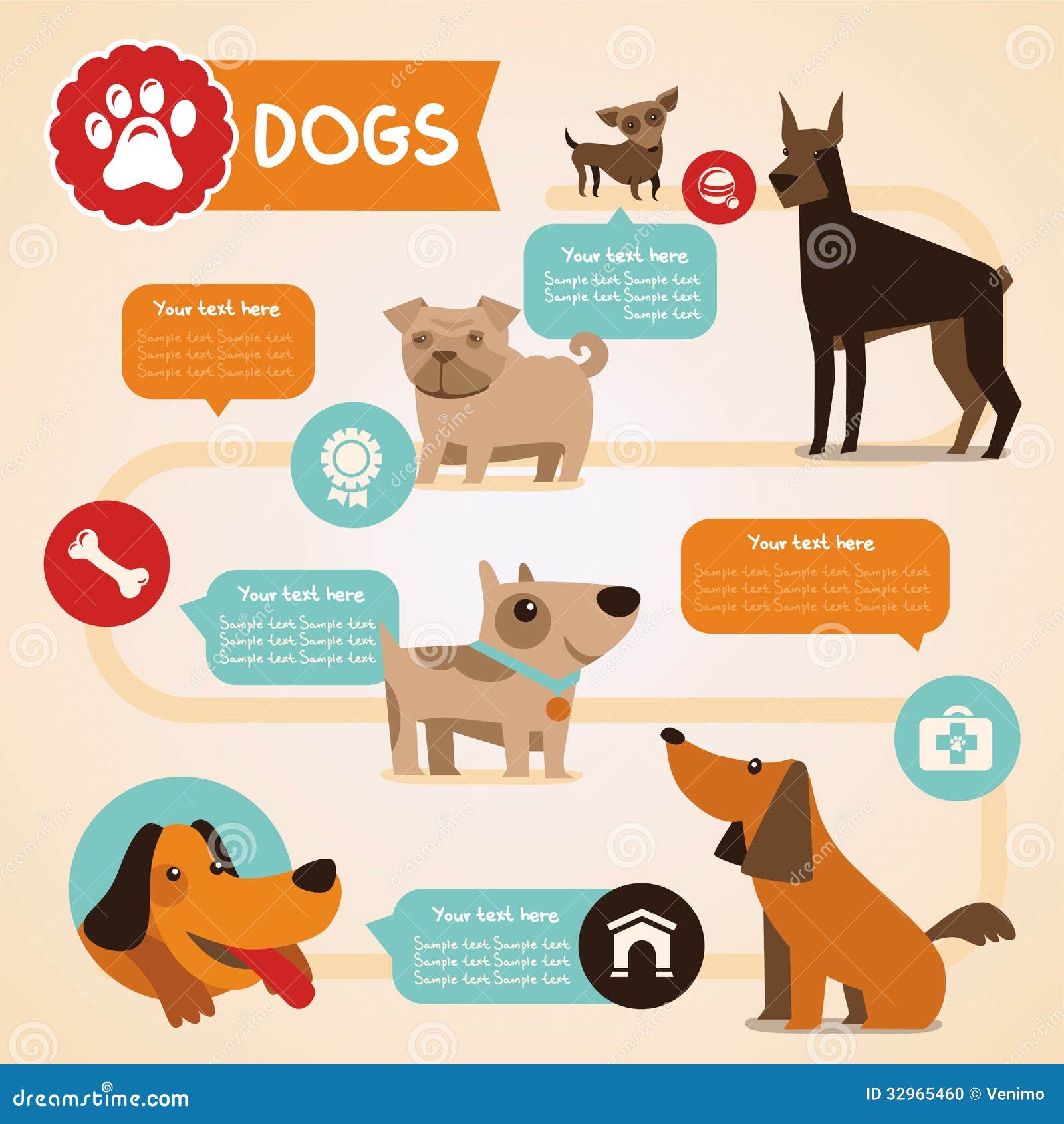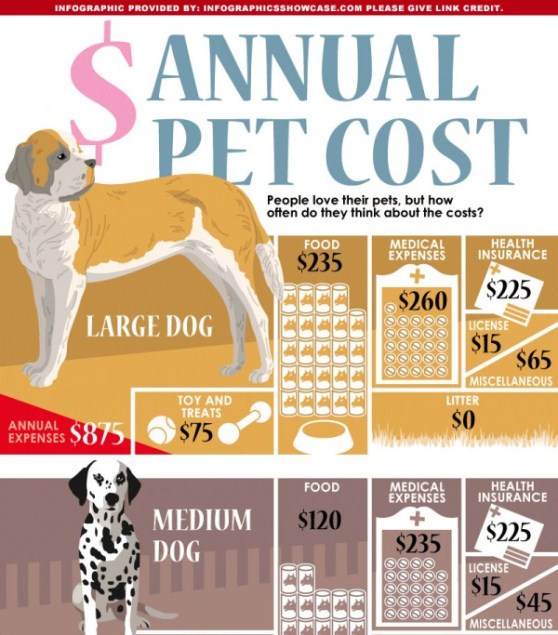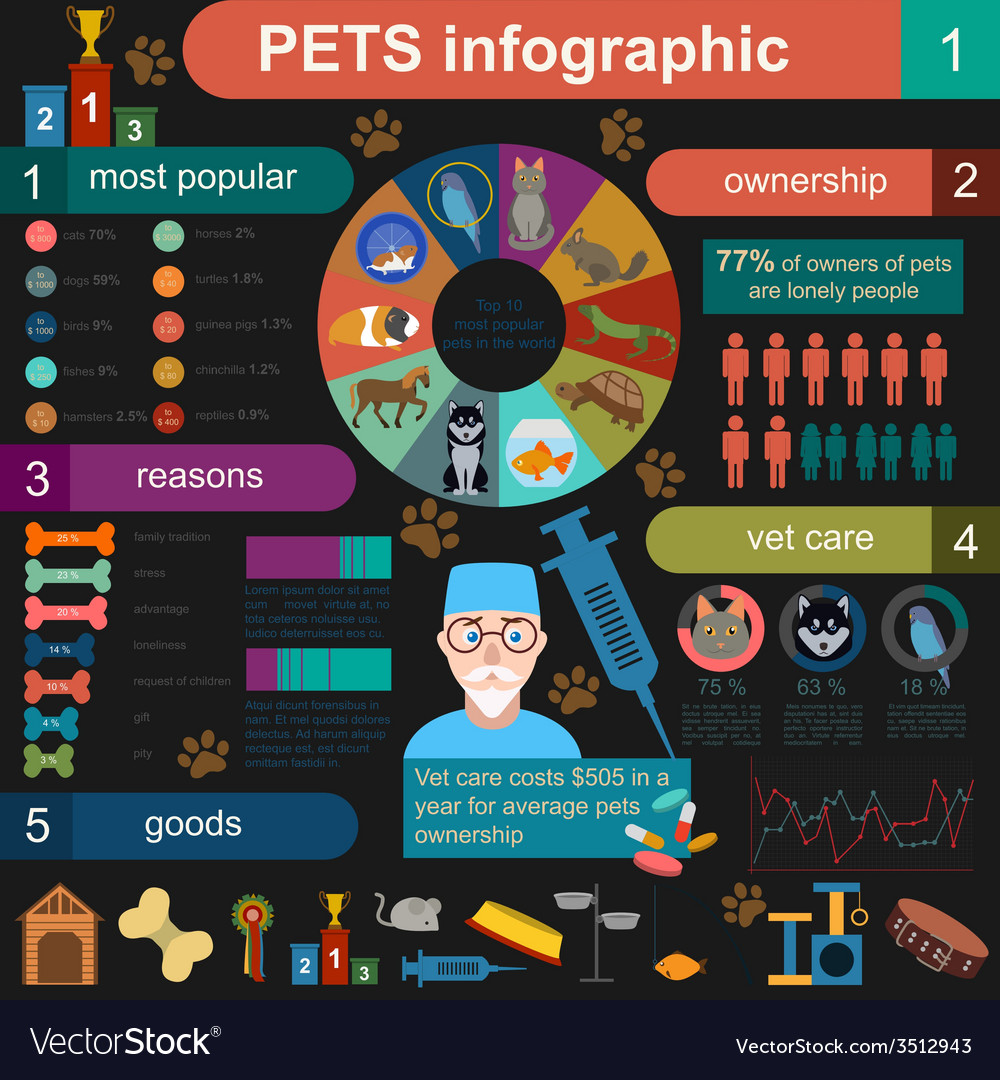What To Expect At Dog Daycare
What To Expect At Dog Daycare
Blog Article
Should I Put My Dog in Daycare?
Ultimately, it is a matter of balancing your dog’s needs with your lifestyle. There are many alternatives to daily daycare including hiring a pet sitter or dog walker, enrolling in training classes, and providing interactive toys at home.
When you drop your dog off at daycare, how do they react? Do they greet the staff members enthusiastically and wag their tails? Or do they seem stressed or nervous?
Socialization
Dogs that are left alone for long periods of time tend to become bored, which often leads to destructive behaviour or excessive barking. Dog daycare offers a stimulating environment, providing them with the physical and mental exercise that they need.
Consistent socialization helps dogs learn how to interact with new people and animals in a safe, controlled setting, which can reduce stress and anxiety at home. This is especially important during the puppy stage, when positive socialization can prevent negative behaviours such as aggression or skittishness.
Dogs that spend a lot of time at daycare can be more relaxed and responsive to commands when they are at home. This can help reduce unwanted behaviors like chewing or barking, as well as making your dog easier to manage. When you pick up your dog from daycare, it is a good idea to ignore them for the first five or ten minutes so that they have time to settle and calm down before you greet them.
Exercise
In the urban environment of New York City, it’s sometimes difficult to provide your dog with enough daily exercise. Dogs that aren’t adequately exercised become bored and may develop destructive behaviors such as chewing or digging. Daycare provides your dog with ample opportunity to run, play, and wrestle to burn off excess energy.
A responsible daycare will screen dogs for temperament and comfort with other dogs. A good daycare will also disinfect and sanitize their entire environment, including shared toys, water bowls, and grooming areas. Dogs that have active illnesses like diarrhea or vomiting are generally not allowed to attend daycare to prevent the spread of disease.
A good daycare will provide crate and rest periods so your dog can get much-needed mental stimulation and time to recharge. Mental activity is just as important to your dog’s health and happiness as physical exercise. A well-exercised and mentally challenged dog is a happy and well-balanced dog.
Training
Dogs who spend all day by themselves tend to get bored and turn their energy towards destructive behaviors, like chewing or barking. They will be happier and calmer with regular visits to daycare where they can play, exercise, and interact with other dogs.
Professional supervision
Experienced daycare staff will monitor your dog's health and wellbeing throughout the day. This will help prevent diseases like kennel cough, and ensure that any injuries or behavior problems are promptly dealt with.
Consistent routine
Having a structured schedule at daycare will teach your dog to expect certain things on a daily basis, like bathroom breaks and meal times. This will make the transition back to your home more manageable, and make it easier for you to enforce consistent training. This is especially beneficial for young puppies.
Mental Health
If your dog is left home alone for long periods of time they may develop separation anxiety. Leaving them in daycare provides a busy and fun environment that can help relieve their stress while keeping them physically active and mentally stimulated.
While daycare can be beneficial, it cannot replace the attention and training that you dog boarding near me prices provide at home. In addition, daycare can create an environment that is overstimulating for some dogs and cause them to react negatively (such as resource guarding).
Before a dog is allowed into daycare they are often screened during a play-in session or temperament evaluation. They are then able to interact with other dogs in a controlled setting where the staff can monitor for any behavioral or health concerns. This allows them to learn and build confidence around other dogs while still being supervised by a human who can deescalate situations as they arise. This type of positive experience can help to prevent future aggressive or unwanted behaviors.
enter'>|


















































